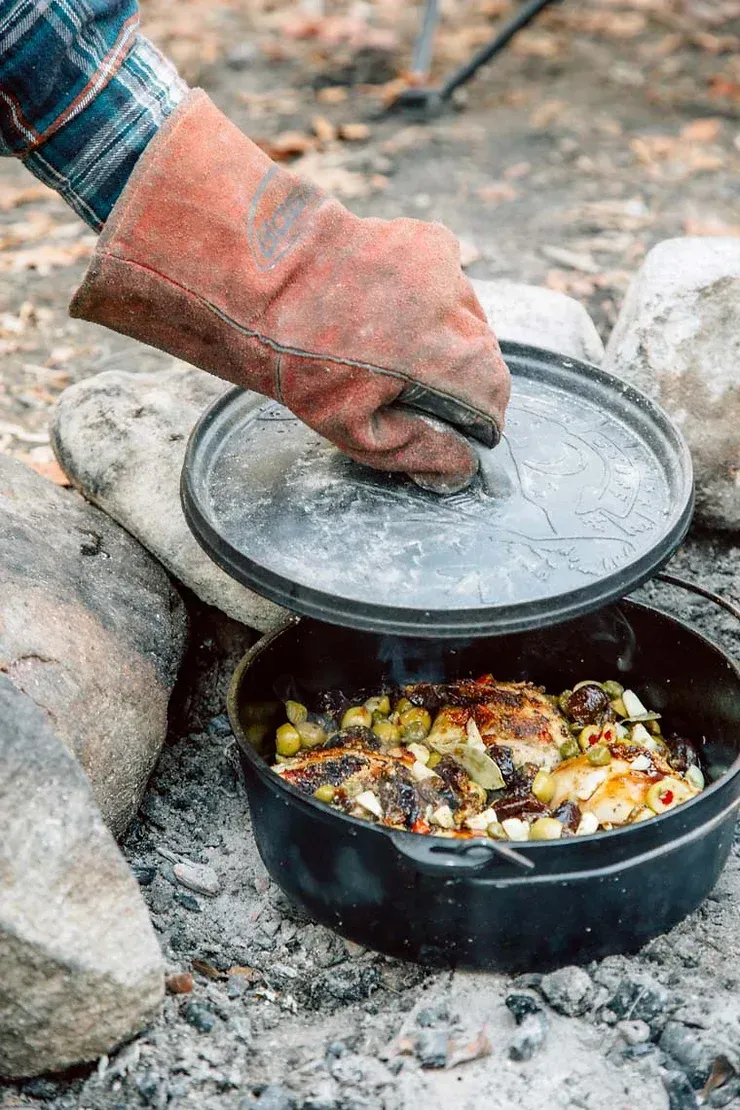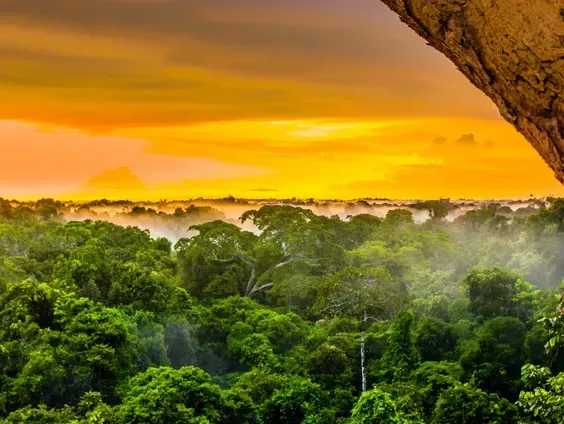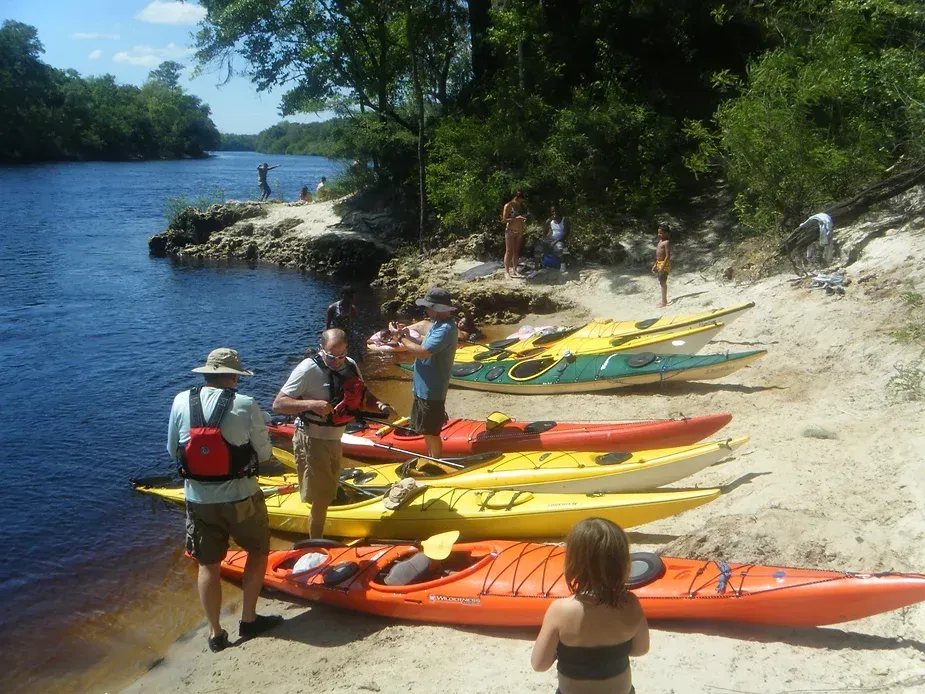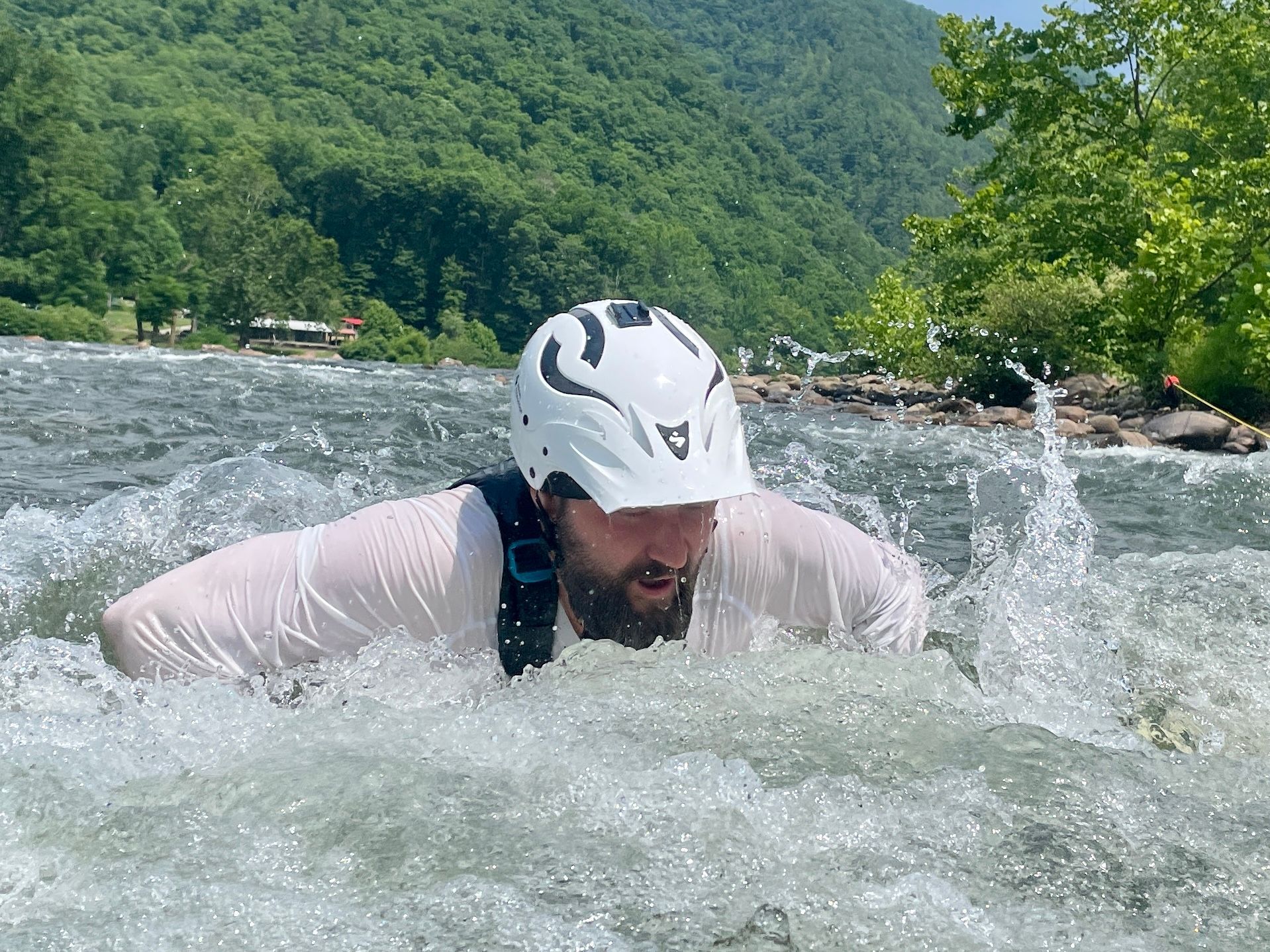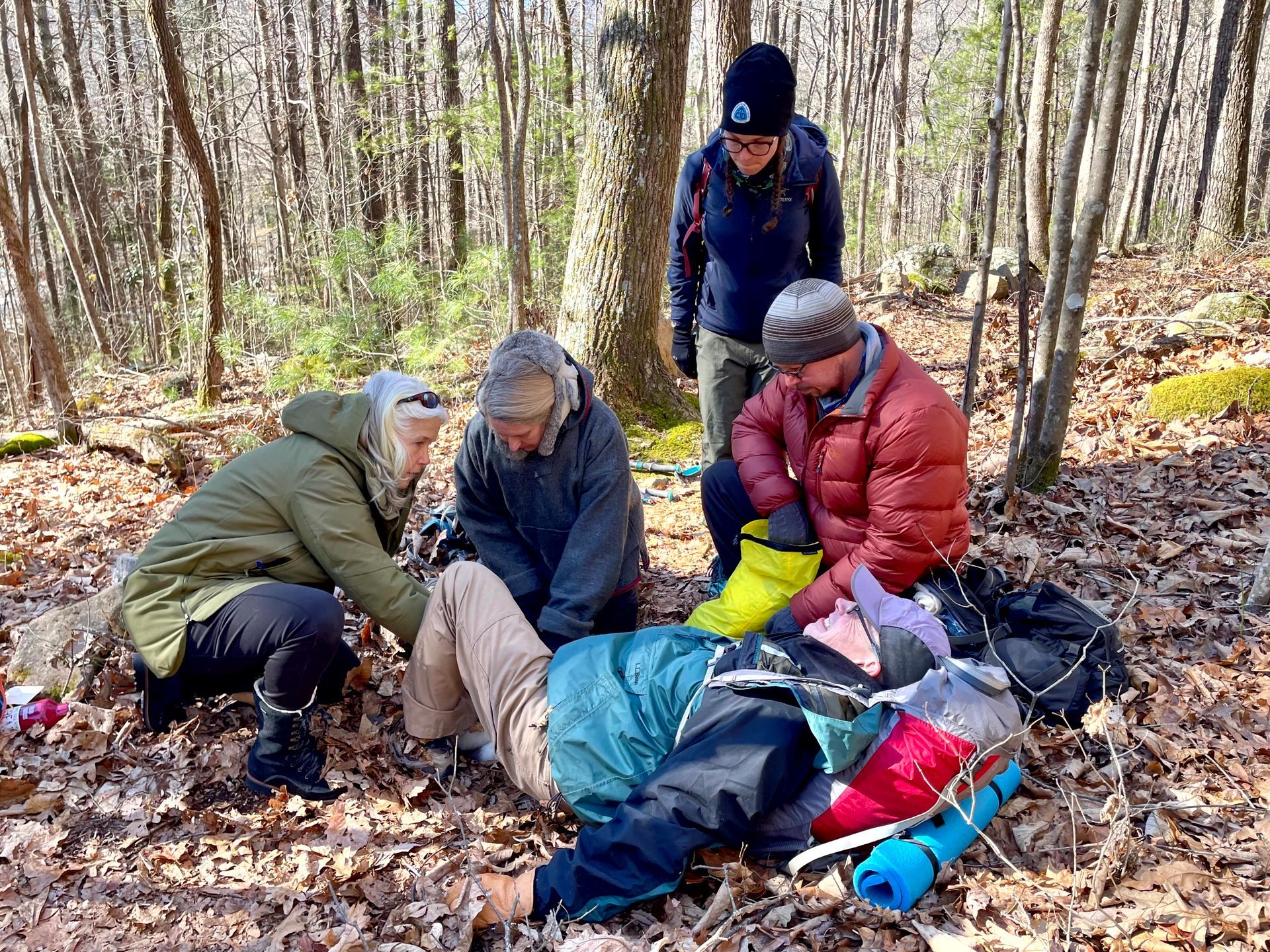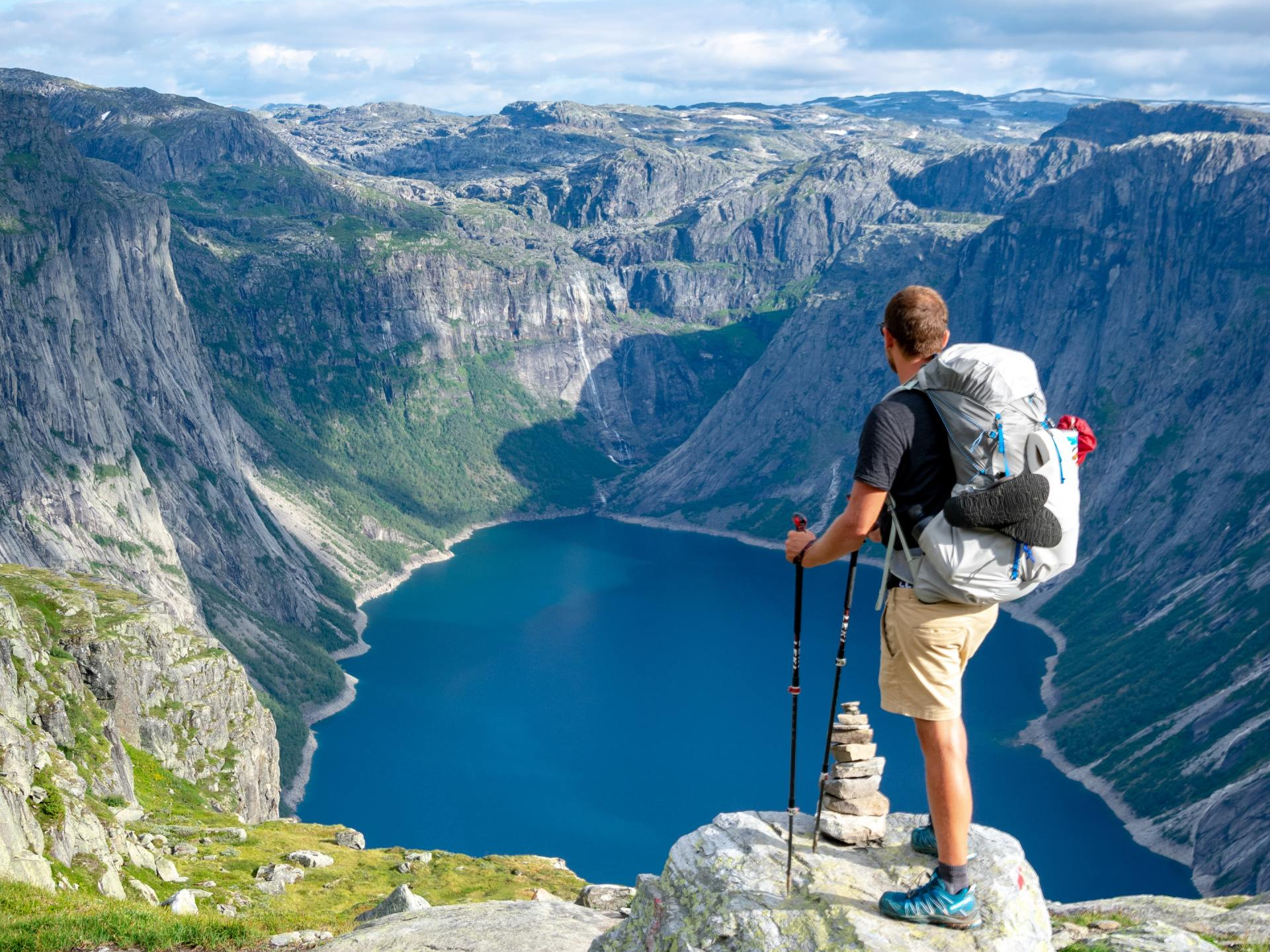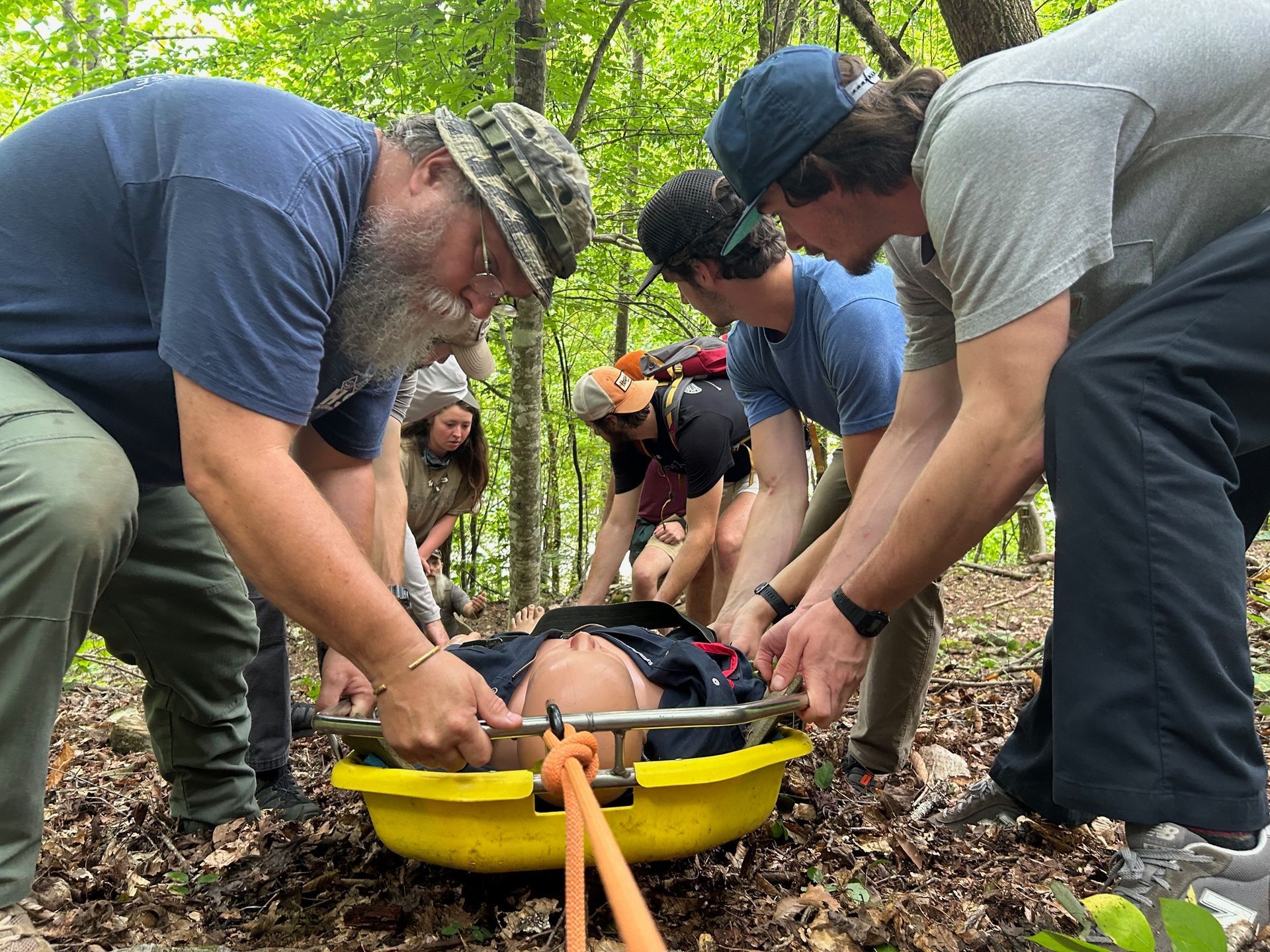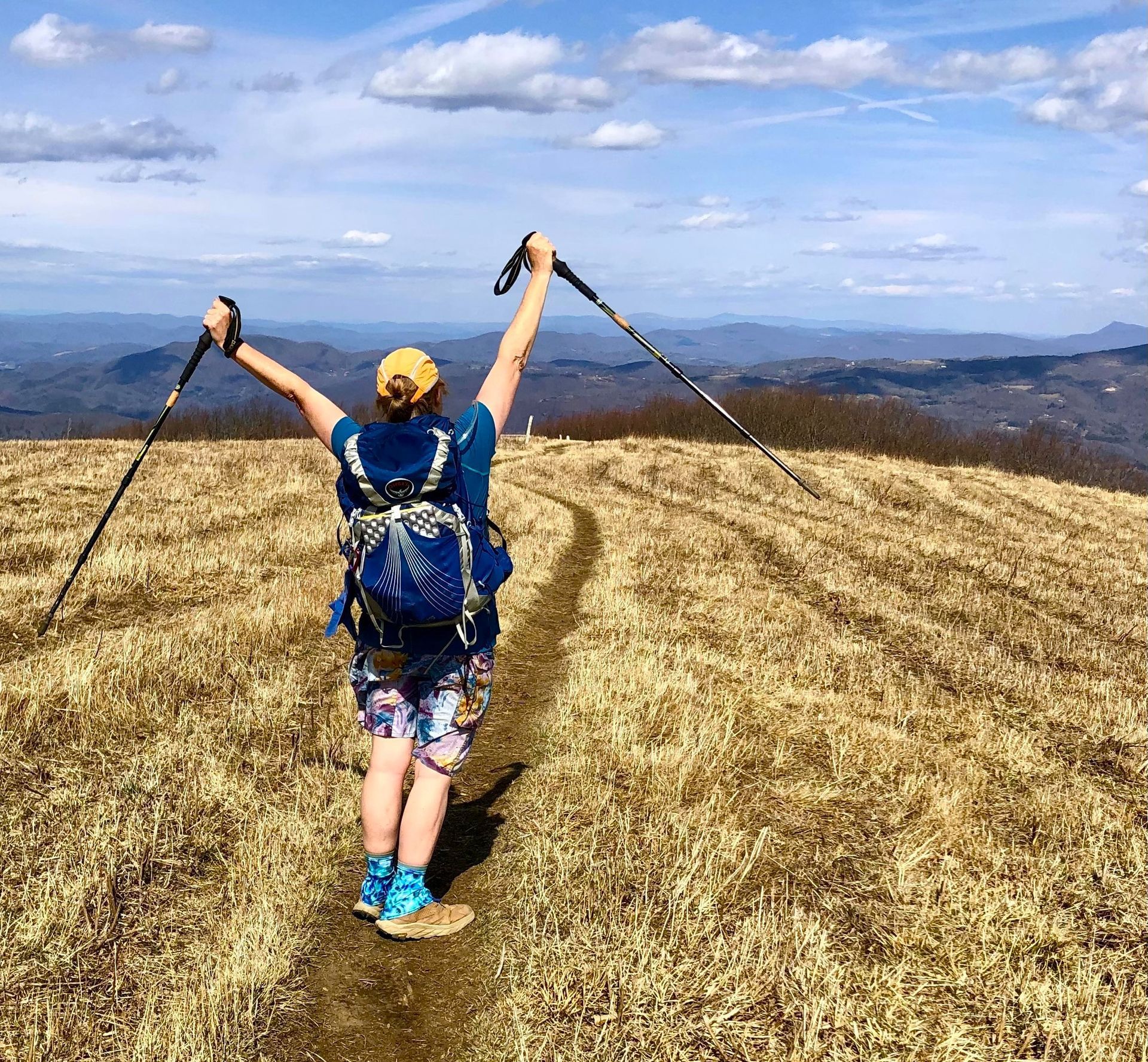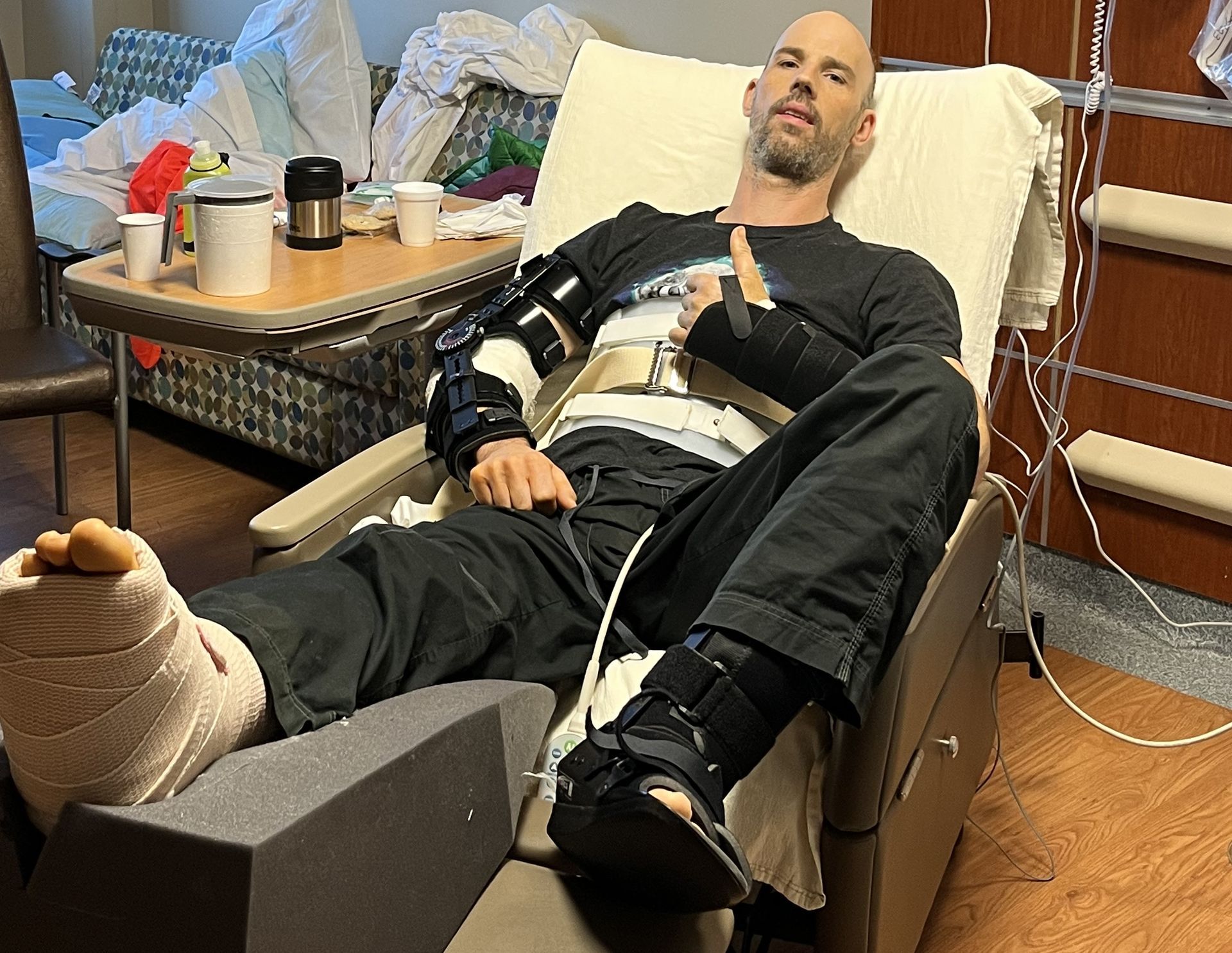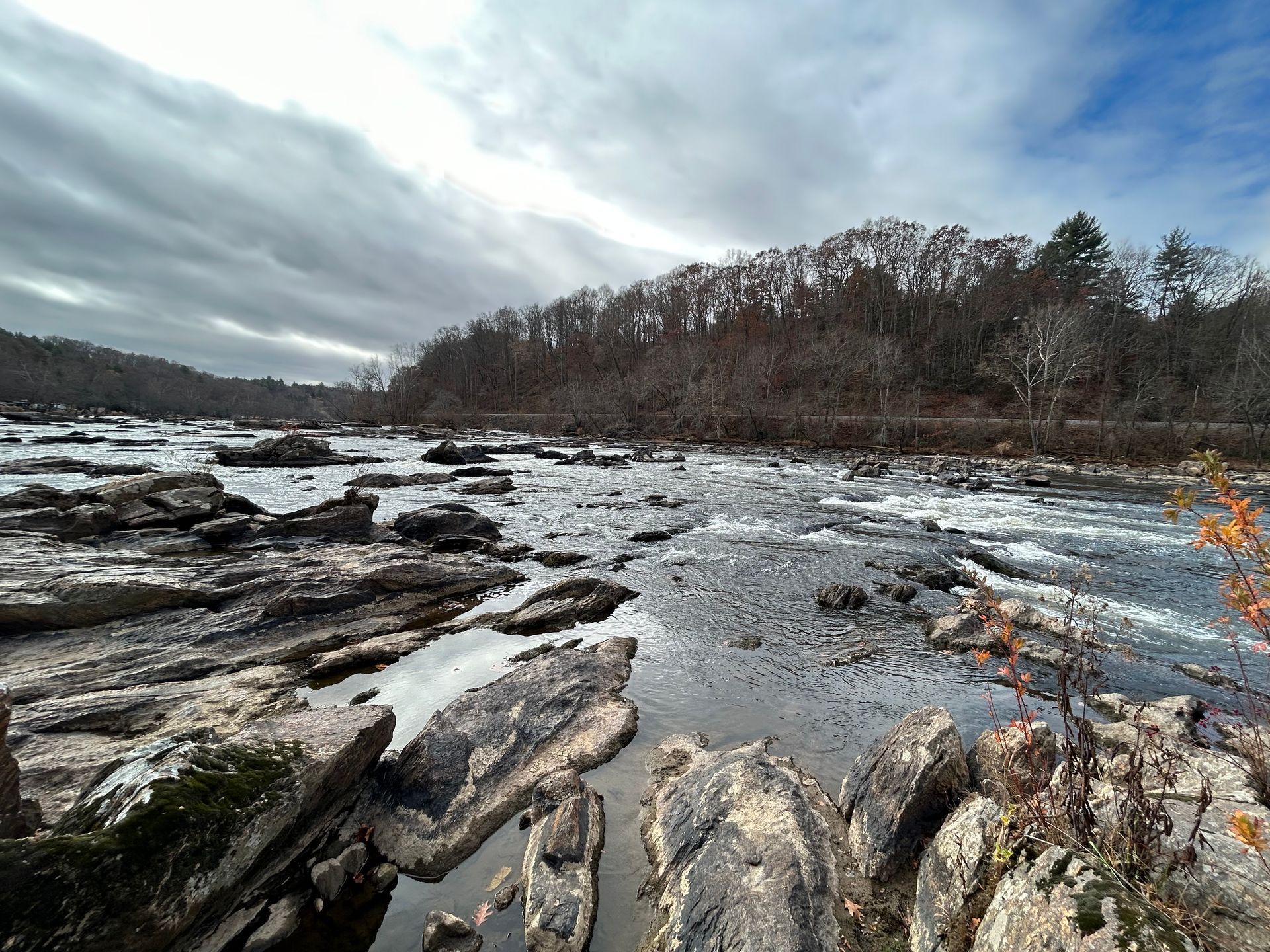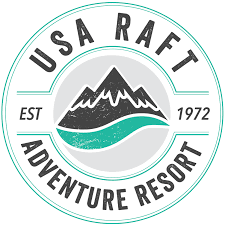October is Conservation Month at NOLI!

October is Conservation Month at NOLI. Actually, we like to think of every month as conservation month at NOLI but want to make it front and center in October. The goal: to raise awareness of conservation and stewardship-related issues, discuss ways we can get involved including best practices that we can all adopt, and to profile organizations both regionally and nationally that are doing excellent work on behalf of the environment.
Native American tribes such as the Iroquois, Cherokee and Lakota adhered to a philosophy called the 7th Generation Principle, which embodied the belief that before taking any action affecting the land they would consider its implications to 7 generations hence. They recognized that they didn't “own” the natural world but were rather entrusted with its care. They drew from the land but did so sustainably and with respect, ever mindful of ways to minimize their impact. They understood that it was a symbiotic relationship, a co-existence: exploit the natural world and they would be exploiting themselves. This philosophy was brought into the mainstream in the 1800s by the pioneering naturalist and conservationist Aldo Leopold. His Roots in the Land Ethic asked the question “How can we protect our lands?” It made the leap from an ethos that stressed unregulated exploitation of the land to one that regarded the natural world as another important component of our community and, therefore, worthy of our protection. He believed that this is something that we should do not because we have to but because it’s the right thing to do. We at NOLI subscribe to this same philosophy.

Aldo Leopold
Reflective of that we have several conservation events coming up over the next few weeks. First, we will be speaking to students enrolled in the Northeast Tennessee Hospitality and Tourism Certificate Program on Oct 20 about Sustainability and Leave No Trace (LNT). This program prepares graduates for entry or advanced promotion into a wide range of management positions in culinary, food & beverage, lodging, attraction, and tourism related industries. Northeast Tennessee has an abundance of natural beauty and the rest of the world is taking notice as we continue to see increased numbers of people visiting and retiring to our region. So, it’s fantastic to see a program like this dedicate part of the curriculum to a topic focused on tourism and hospitality that is sustainable and conservation-minded.
Next, we have an Eco Explorer Day planned with the Girl Scouts of the Southern Appalachians on Oct 24 where we will teach the 7 Principles of LNT and then lead a short hike where we get to apply the principles along a section of the Appalachian Trail. We’ll wrap up the day picking up trash along our namesake river, the beautiful and mighty Nolichucky River. We are so glad to be partnering with the Girl Scouts in this effort and especially to be playing a role in helping these girls make a lasting connection to the outdoors that will hopefully inspire them to be environmental advocates and protectors for future generations. This event is full but we plan to offer events like this again next year.
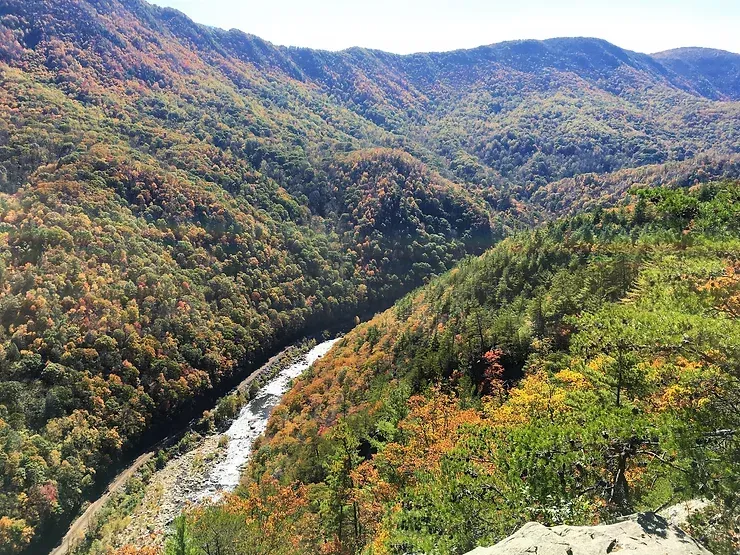
Nolichucky River
ast but not least, NOLI LNT Master Educator Kayla Carter will be leading a 2-day LNT Trainer Course on Nov 14-15 at our outpost at USA Raft. It is a condensed version of the Master Educator Course and is designed for educators, guides, agency employees, other outdoor professionals and anyone interested in learning more about minimum impact skills and ethics. This course covers the 7 Principles of Leave No Trace as well as techniques for sharing these low impact skills. The main objective of this course is to train attendees on how to model and present the ethics to others. You don't have to be an outdoor leader to take this class; it's open to anyone with an interest in learning more about LNT and ways they can share its teachings with others. We are currently taking registrations. For more information and to register click
here. Also, look for Kayla’s blog article in the coming weeks entitled “Get Outside – Responsibly”.
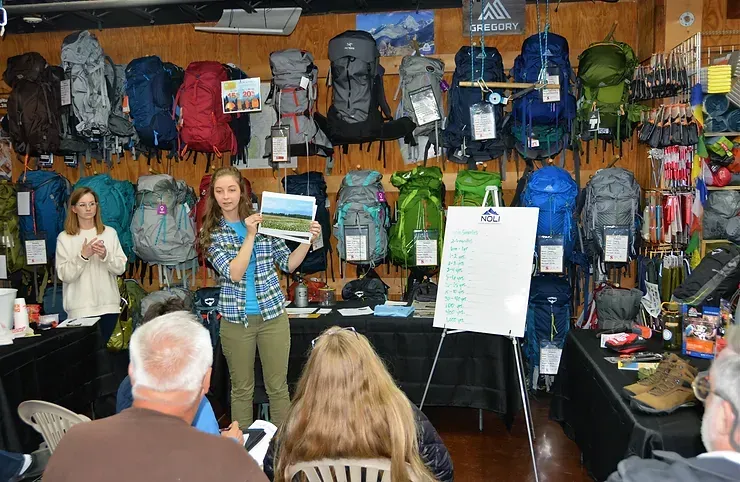
Kayla Carter teaching LNT
What’s Next?
Over the rest of this month look for regular posts on our Facebook page that profile an environmental issue, organization or best practice. If you haven’t already done so be sure to Like or Follow our page to get notified of new posts. Have a suggestion on something we should include? We’d love to hear about it! Email us at info@nolilearn.org.
Our mission at NOLI is to celebrate the outdoors and help others do the same. And we recognize that central to that mission is protecting our outdoor spaces through awareness, conservation and stewardship. We hope that you will join us in committing to playing a part, no matter how big or small, to help protect our natural places so that future generations will inherit a vibrant, healthy planet and get to experience the same sense of awe and wonder that we enjoy today.
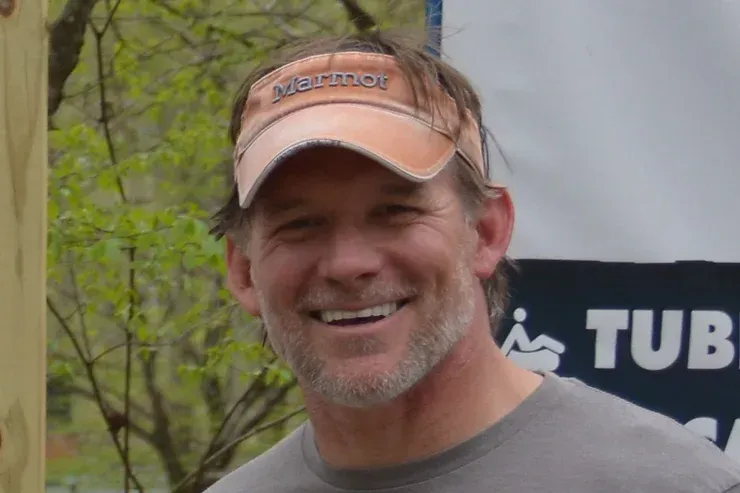
Scott Fisher is the founder and owner of NOLI. He teaches whitewater kayaking, swiftwater & flatwater rescue, survival, wilderness navigation and Leave No Trace.

